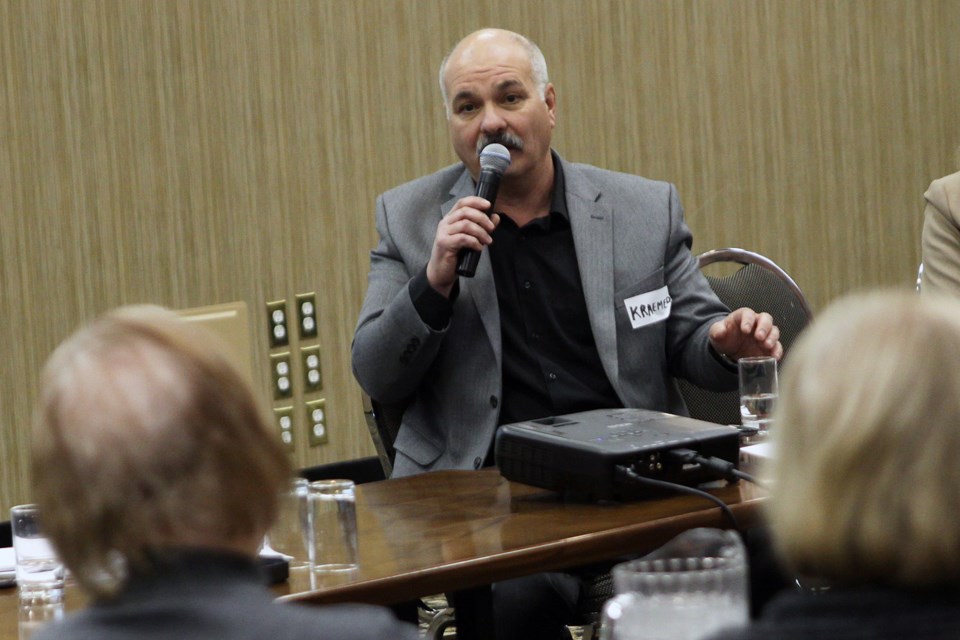THUNDER BAY – About 3,600 customers in nearly two dozen Northern Ontario communities could see an increase to their electricity rates next year.
Hydro One Remote Communities, which provides energy generation and distribution to the 21 communities – 15 of which are First Nations – has applied to the Ontario Energy Board for a 1.8 per cent hike that would add $1.55 per month for a typical year-round residential customer that would take effect on May 1, 2018.
Kraemer Coulter, managing director of Hydro One Remote Communities, said the proposed increase would be consistent with the rate of inflation.
“Our rates have been tied pretty close to inflation for the last 10 years,” Coulter said. “Unlike the rest of the province, there have been fairly minor increases. We’ll use that money to invest in the system to ensure reliability power to our customers and give them the service they deserve.”
The Ontario Energy Board held a community meeting at the Victoria Inn in Thunder Bay on Wednesday as part of its rate review process.
Ontario Energy Board counsel Michael Millar said all of the feedback received is thoroughly reviewed and impacts the decision that will ultimately be made on the application.
“We think one of the most important things is to get out and make sure we got to the communities, or as close as we can reasonably get, and hear directly from the people impacted by the application,” Millar said.
“We want to know what they think about service levels, about the level of the rate and we can only hear that from directly engaging with them.”
Hydro One Remote Communities, which Coulter said is operated not for profit, operates 19 distribution systems with 56 diesel generators, two mini-hydro stations and three windmills to supply and distribute power to communities such as Armstrong, Gull Bay and extends as far west as Deer Lake and north to Fort Severn.
Of the 15 Indigenous communities, 13 are accessible only through the air.
“When you look at fuel, which is by and large our largest expense in the generation business in the Far North, trying to get fuel to those communities whether it’s on winter roads or fly-in is a challenge and it adds to the costs of serving those customers,” Coulter said.
Bearskin Lake First Nation economic development officer Bruce Kamenawatamin, who made a presentation at the meeting, said many people in the community are struggling with the high cost of living.
“Unemployment is very high and many community members have trouble paying their hydro bills,” Kamenawatamin said.
“Our people are concerned about anyone raising prices even more. We are worried about high hydro hikes again. Many people have trouble paying up, we don’t want to see disconnections. We don’t want anyone freezing. We can’t afford to be paying more.”
Government-funded residential customers would see an increase ranging from $8.90 to $13.05 per month, depending on the community’s accessibility.
Alanna Downey-Baxter, who represented chief and council of Marten Falls First Nation, said the impacts on government-funded facilities are felt throughout the communities.
“Every service has a budget. There’s a finite amount of dollars,” Downey-Baxter said. “It’s trickle down, in the schools particularly where there are services and programs that can’t be delivered to make up the shortfall.”
Millar said of the 130 rate applications that have come before the board since 2009 and generally utilities have only been able to recover 40 per cent of their proposed increase.



